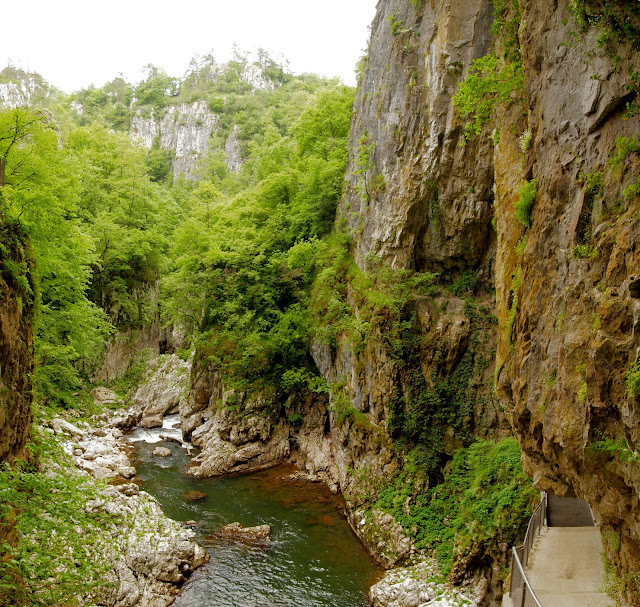Indeed the planet earth is full
natural beauties and wonders. One of its most enchanted beauties is the
floating village that lies in northwest of Hungarian capital of Budapest.
Hence, forget the Maldives, the stunning floating village on stilts in Hungary
screw your eyes just feels you in Paradise. Just apart from the power plant,
gives the game away and the cold weather. The village is located at northwest
of the Budapest nearby Bokod. In fact, this is Hungary’s answer to the paradise
island in the Indian Ocean, known as the “floating village”.
Therefore, there’re rows of
vintage cabins, furnishes with cozy porches, have been built on stilted
platforms in the Lake Bodoki and interconnected with land and other by a series
of boardwalks. These cabins usually used in summer by local inhabitants but
anglers throughout the year, due to village’s chilly location, though water
never freeze. The adjacent power plant uses the lake as a cooling pond and
pumps warm water into it, so it’s never freeze.
In 2014, the floating village
becomes more popular when Bing used a photograph of it as wallpaper for one of
its search pages. So, for traveler lovers, keen to visit the mystical
dwellings, the suggested route is to travel from the city of Oroszlány on the
east side of the village. Moreover the settlement is one of numerous that have
been constructed on stilts around the world in areas such as Papua New Guinea,
northeastern Nicaragua, northern Brazil, south east Asia and west Africa.
This village of Bokod is so
fascinating, enchanting and a completely a fairy tale scene. The village is
made particularly for the holiday huts for traveler and has gained a lot of
popularity for a very good reason and that is its beauty. The village is
consists of just 2,000 inhabitants, have been attracting the peoples all over
the world including famous celebrities. Moreover the nature of the water makes
it suitable for fishing the year round, and the place has even been termed a
fishing heaven. Therefore, this stunning place looks mystical, heavenly, and
its unreal walkways are just beyond one’s imagination. Source: Charismatic Planet



























































